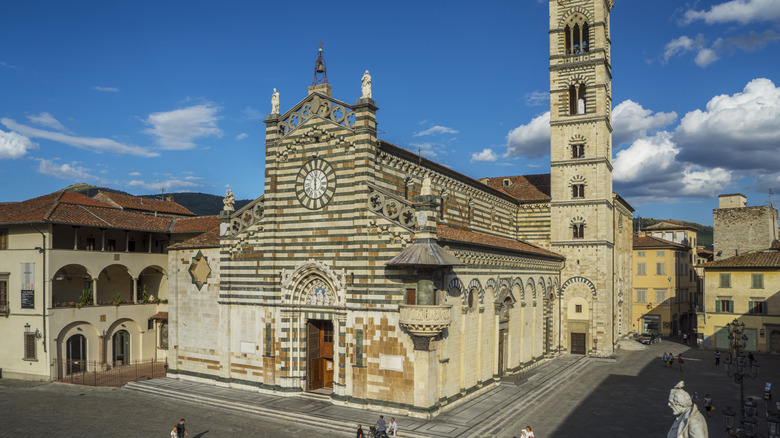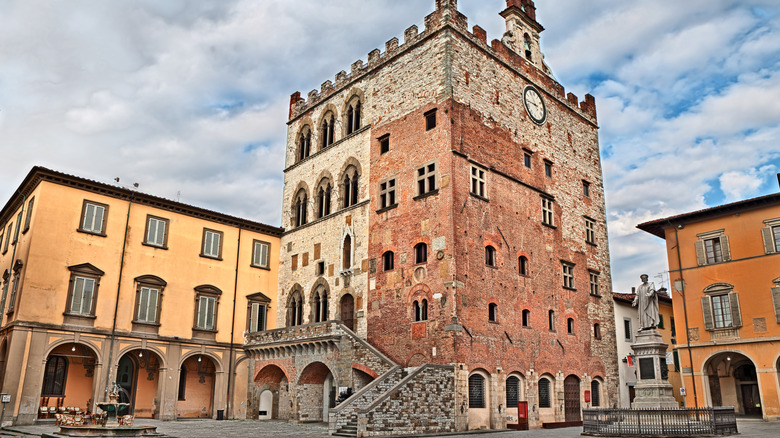Conveniently located between Milan and Rome (an excellent city to kick off a vacation in Italy), the underrated Tuscan town of Prato has always been somewhat in the shadow of the art-filled gem that is Florence. But much like Florence, Prato is filled with beguiling architecture and medieval art, with stunning churches and a genuinely interesting collection of museums making up a large part of what to do in the town. For foodies, there are also a few gastronomic specialties to look out for, including the much-loved biscotti that has its roots in Prato. In addition, fashion lovers will find an intriguing textile history in this city, while art lovers hoping to see a more modern side of Italy are well-served in the Centro per l’Arte Contemporanea Luigi Pecci, Italy’s first museum dedicated to avant-garde art.
The closest major airport to Prato is Florence’s Amerigo Vespucci Airport, which is a 30-minute bus ride away. And since it’s so close to Florence, Prato makes an excellent addition to a Tuscany itinerary, whether you’re exploring Tuscany’s incredible art scene or getting to know it as one of Italy’s best destinations for wine lovers. If you’d prefer to explore Prato on a day trip from Florence, then you can take a direct train in just 20 minutes from the Firenze Santa Maria Novella train station.
Prato’s cultural highlights
The stunning Duomo Di Prato is a highlight, with an eye-catching striped marble exterior that includes a unique 15th-century pulpit made by Donatello and Michelozzo di Bartolomeo, identifiable by its umbrella-esque canopy. Inside the church, there are medieval frescoes, a chapel dedicated to the Virgin Mary, and a holy relic believed to be her belt. The belt is put on public display at Christmas, Easter, May 1, August 15, and finally, on September 8, as a part of The Feast of Nativity of the Virgin Mary, when it’s shown as the final act of a procession that fills much of the town.
The Castello dell’Imperatore (Emperor’s Castle) is a vast fortress built by the Holy Roman Emperor Frederick II in the 13th century, which, while originally used as a home for the emperor’s viceregent, went on to become a garrison and prison. The interiors serve as a museum, but there’s also an external walkway with fabulous panoramic views of Prato and the surrounding Tuscan countryside. Another historic building to see is the Palazzo Pretorio, a 13th-century civic palace housing a museum whose patchwork-like exterior is due to the merging of three different buildings.
During the Renaissance, Prato was renowned for its wools and silks, and to this day, one of Prato’s major industries is textiles. But this has grown to include things like alpaca and camel wools, as well as a focus on sustainability, with 15% of the world’s fabric recycling taking place there in 2018. There’s a brilliant museum, the Museo del Tessuto (Textile Museum), that has rooms dedicated to the history of the textile trade alongside an extraordinary collection of historic textiles.




